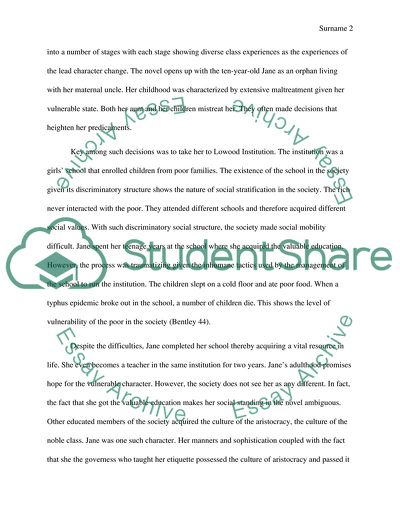Cite this document
(Social Classes and Roles in Charlotte Brontes Jane Eyre Coursework, n.d.)
Social Classes and Roles in Charlotte Brontes Jane Eyre Coursework. https://studentshare.org/literature/1866192-social-classes-and-roles-in-charlotte-brontes-jane-eyre
Social Classes and Roles in Charlotte Brontes Jane Eyre Coursework. https://studentshare.org/literature/1866192-social-classes-and-roles-in-charlotte-brontes-jane-eyre
(Social Classes and Roles in Charlotte Brontes Jane Eyre Coursework)
Social Classes and Roles in Charlotte Brontes Jane Eyre Coursework. https://studentshare.org/literature/1866192-social-classes-and-roles-in-charlotte-brontes-jane-eyre.
Social Classes and Roles in Charlotte Brontes Jane Eyre Coursework. https://studentshare.org/literature/1866192-social-classes-and-roles-in-charlotte-brontes-jane-eyre.
“Social Classes and Roles in Charlotte Brontes Jane Eyre Coursework”. https://studentshare.org/literature/1866192-social-classes-and-roles-in-charlotte-brontes-jane-eyre.


